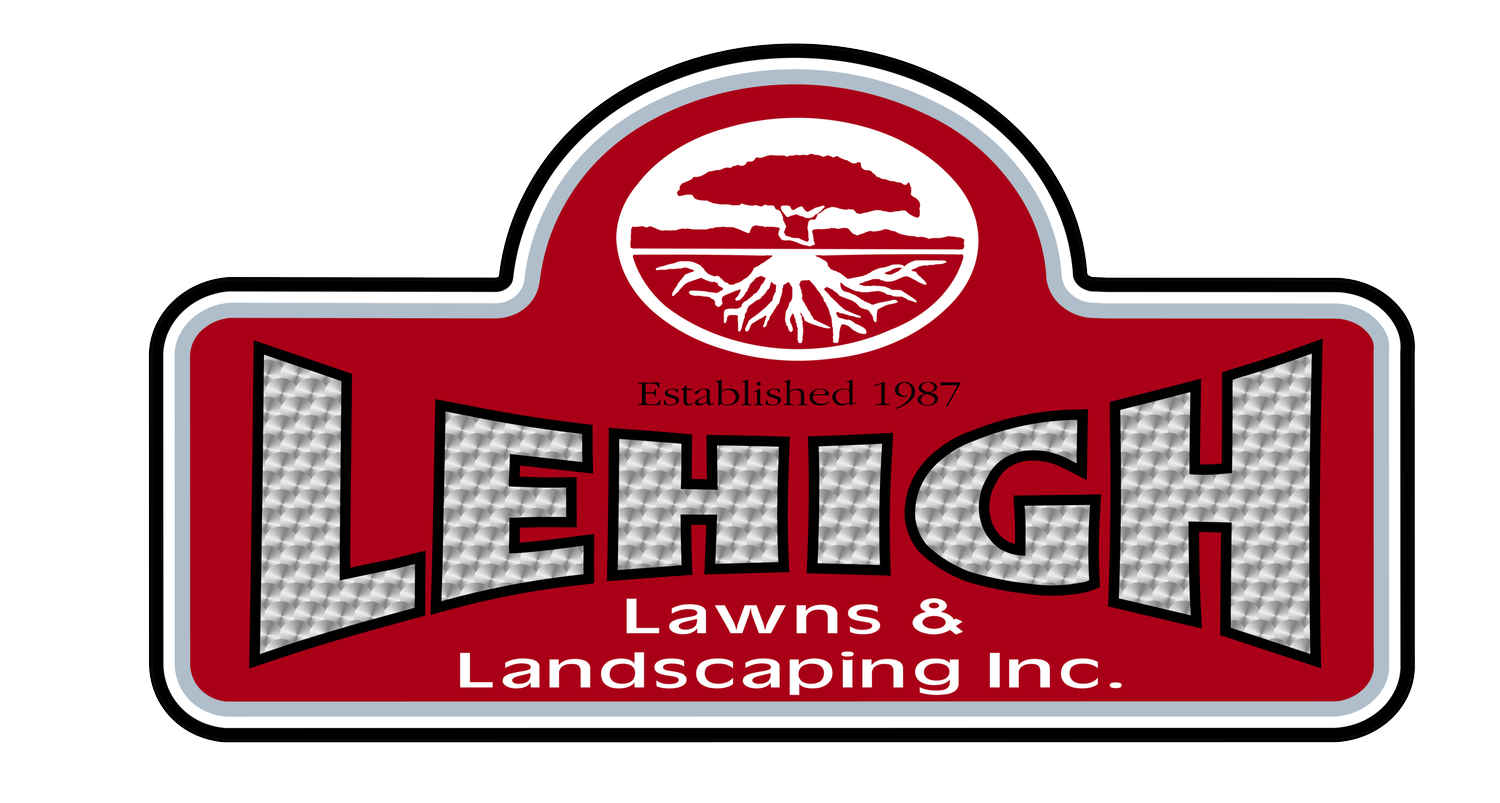5 Tips on Tree Pruning From Our Certified Arborists in Putnam County, NY
Trees add significant value to your Putnam County, NY, property, and one of the ways to ensure that they stay healthy and attractive is through proper pruning, with the guidance of an arborist. Here are five tips on tree pruning.
Armed with the right knowledge, homeowners will know when some pruning is in order and when it’s time to call in the pros for improving the look and health of the trees. It’s also wise to know what to expect when professional pruning gets underway.
Prioritize Safety
Dead and broken branches are a hazard that can injure people and cause damage to homes and cars. Likewise, tree limbs that obscure a driver’s vision, hide house numbers, block walkways, or grow too close to utility lines need to be addressed. In some cases, the utility company may need to get involved.
Related: How Tree Service Can Help Identify Diseases and Pests in Wappingers Falls, NY
Be Concerned About Tree Health
Trees go through a lot, from the swift changes in temperatures to their survival through harsh winters. It’s during the tough times that they may need more nutrients and water than they can get naturally, and you may see evidence of that in the form of ailing or dead branches. Pruning can help the tree focus on its healthiest parts. Moreover, another concern for trees’ health is disease and bugs. Trees can contract diseases and become weakened by insect infestations. Strategic removal of diseased or infested branches and limbs may make it possible to save a suffering tree.
Related: Achieve Aesthetic Yet Functional Landscape Lighting for Your Putnam, NY, Outdoor Space
Pay Attention to Aesthetics
Pruning a tree doesn’t mean forcing it into unnatural shapes or sizes; it’s meant to balance its appearance. Even healthy trees benefit from pruning to prevent them from becoming too heavy on one side, which can make them prone to falling in high winds—possibly onto the house or parked vehicles.
Follow Pruning Protocol
Trees are ideally trimmed only when they are dormant, unless it’s a safety issue or if the tree is diseased. Young branches should be the focus rather than older ones, to prevent scarring and possible infection.
The arborist will be careful as the trimming occurs and avoid cutting into the branch collar (which invites pests or disease) or leaving a large branch stub. The intent is to not remove more than one-fourth of a living, healthy tree at once and to aim for even spacing and plenty of airflow between branches.
Entrust Tree Trimming to the Pros
Generally, trimming that involves climbing trees (crown thinning, crown shaping, crown raising, or crown reduction or removal of high-hanging dead branches) should be left to the pros.
Careful pruning helps to avoid injuring the tree. This includes maintaining enough live branches to ensure the tree’s health, and pruning the right branches in the right places. For example, while it may appear easy to reach up and prune a tree in order to raise the crown (to clear a walkway or remove branches that scratch vehicles), it has to be done so that the tree develops a strong stem and doesn’t become top-heavy.
Professional arborists know trees. They’re skilled at climbing trees while wielding chainsaws and pruning shears. They know how much pruning is beneficial to a tree, when to stop, and how often a tree should be pruned.

